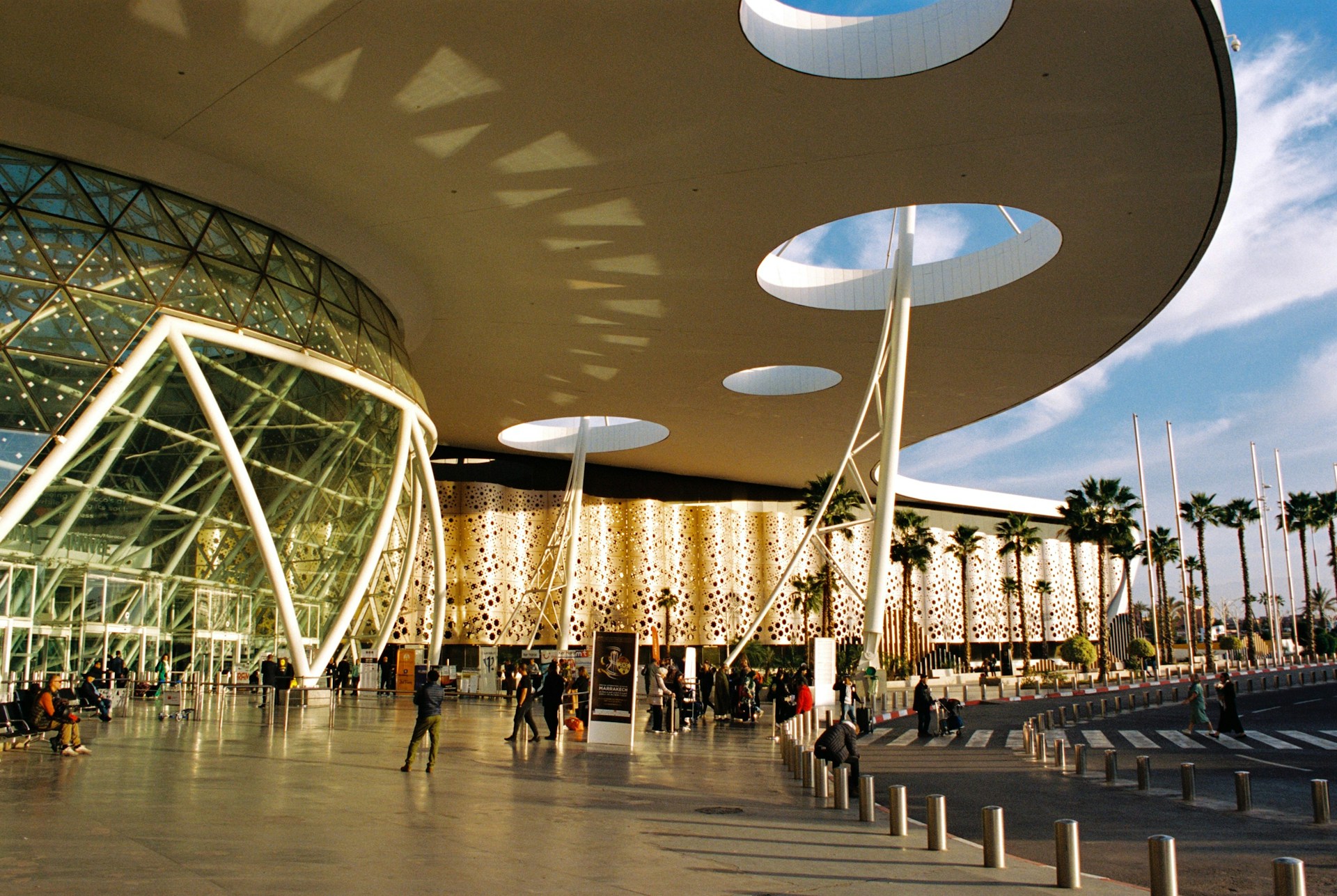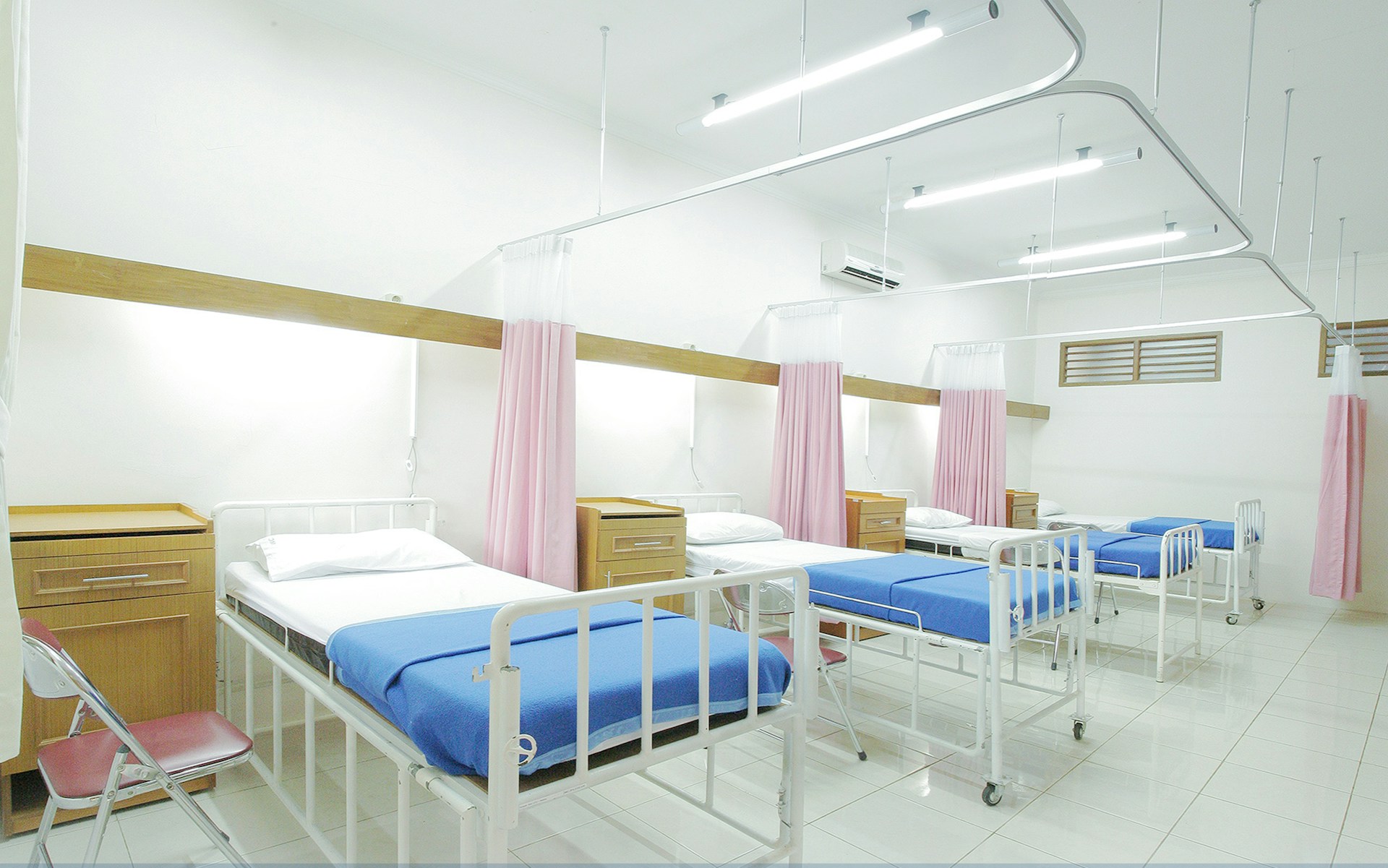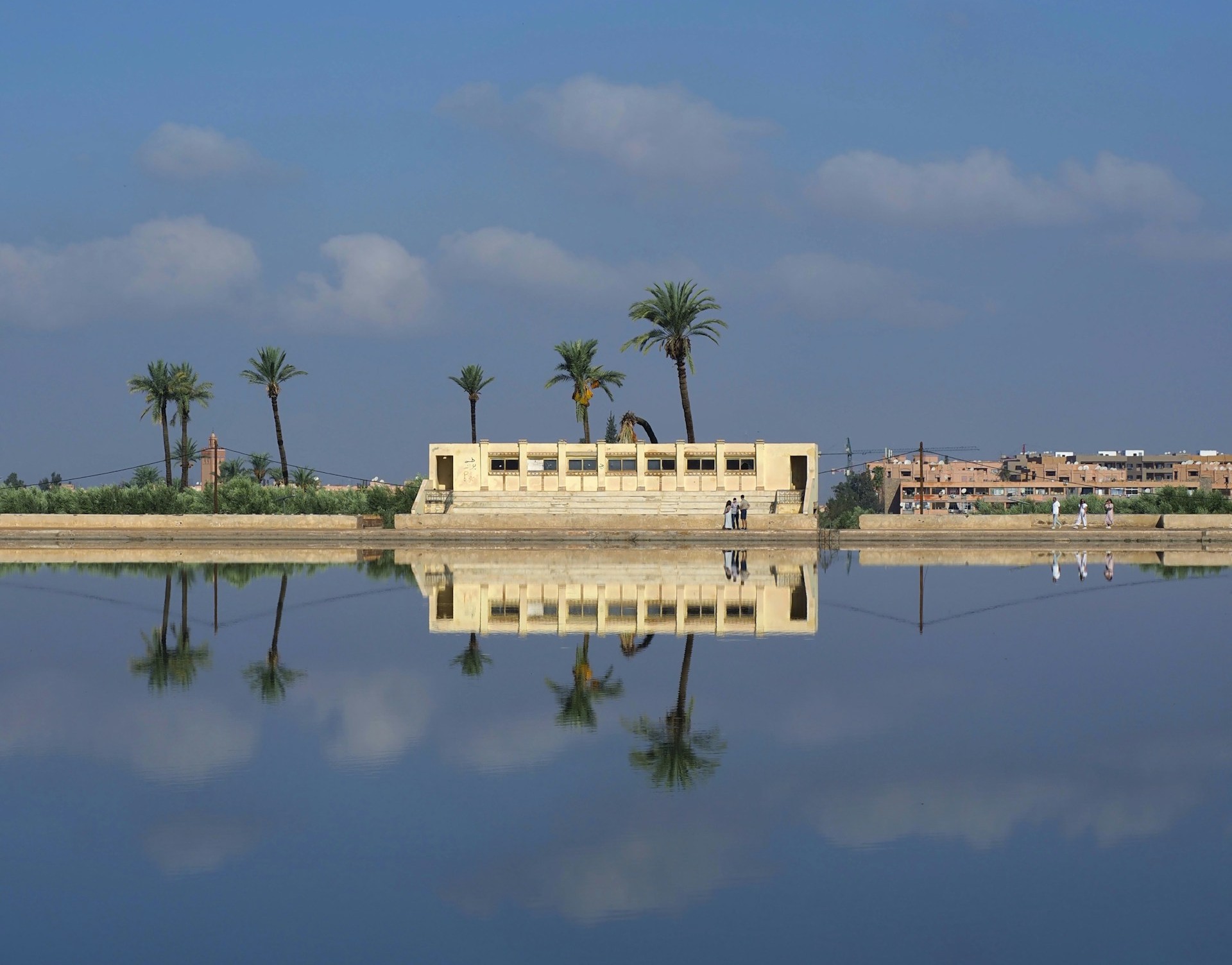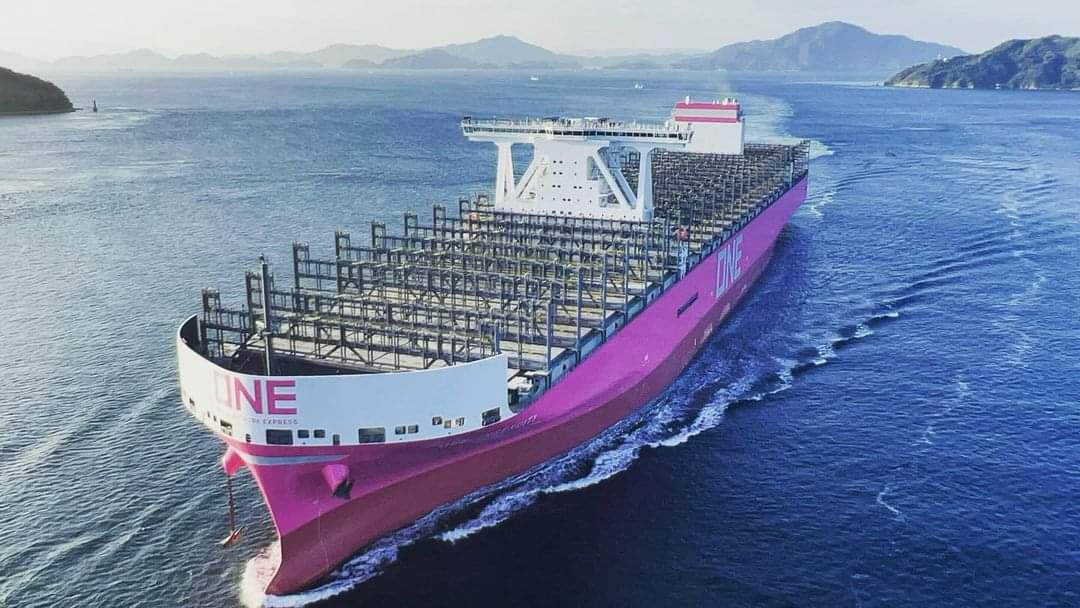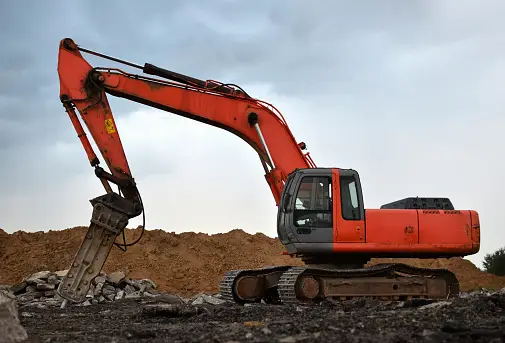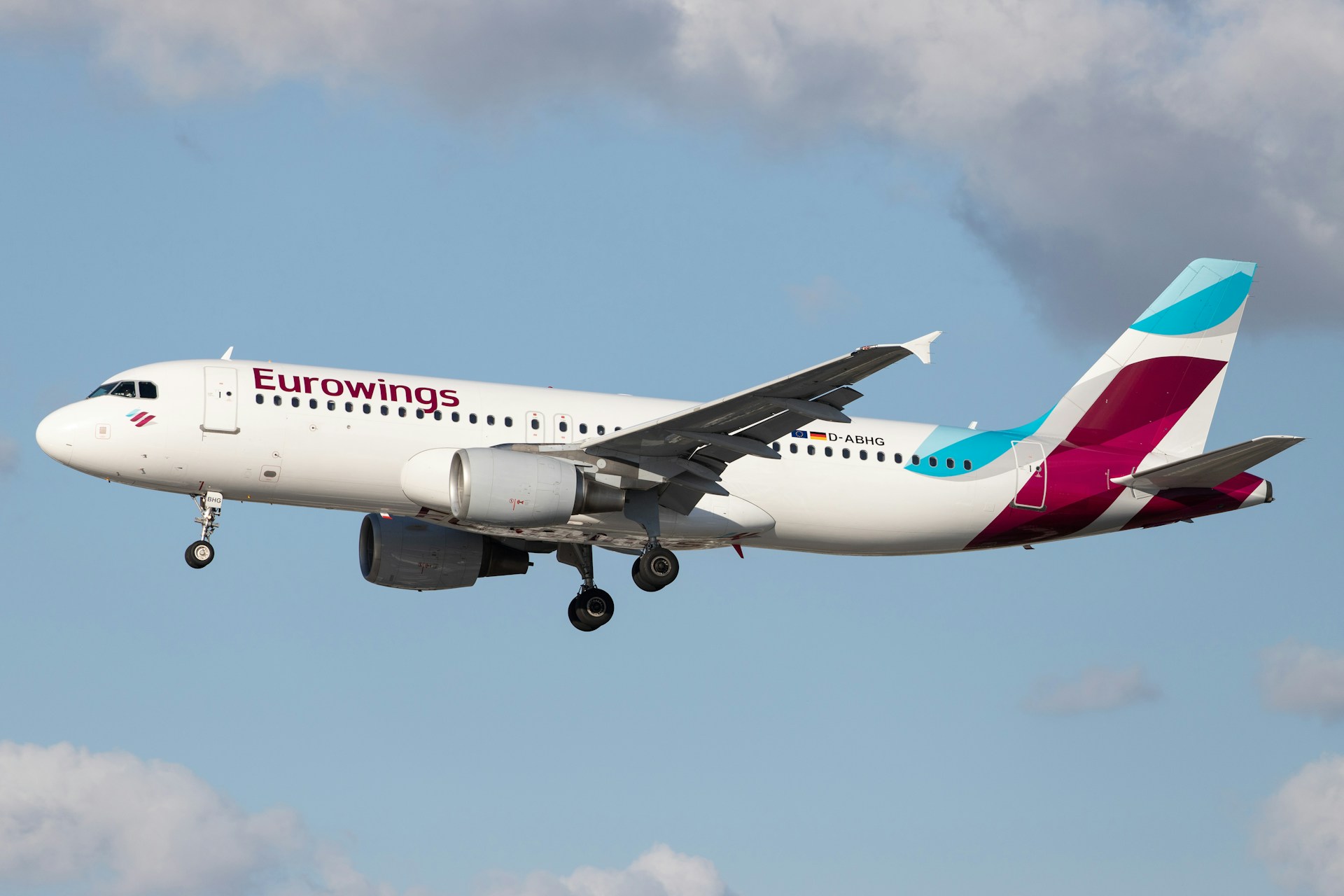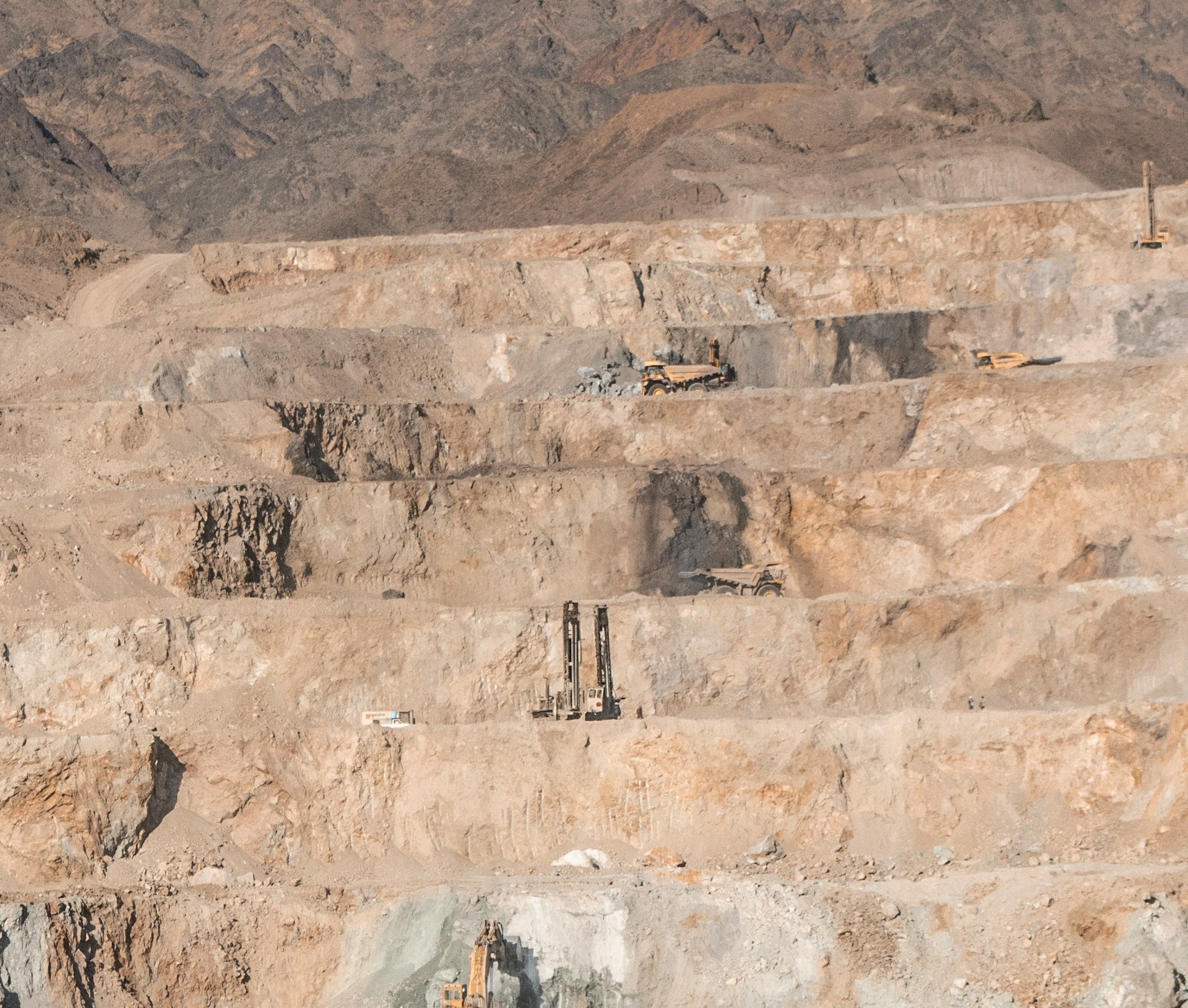Casablanca – The Moroccan government, in partnership with global automotive group Stellantis, has officially inaugurated a strategic expansion of the Stellantis factory in Kenitra, marking a new chapter in Morocco’s industrial development. This $1.3 billion investment project is positioned to reinforce Morocco’s status as a leading continental hub for automobile manufacturing, particularly in electric and sustainable mobility.
Doubling capacity and local integration
The expansion is expected to double the plant’s production capacity, raising it from 200,000 vehicles per year to over 400,000 annually by 2026. Including micromobility platforms, the total annual output is projected to reach 535,000 vehicles, further solidifying Morocco’s role in regional and global automotive supply chains.
In alignment with the country’s industrial policy goals, the project also targets a 75% local integration rate by 2030. This threshold reflects Morocco’s aim to embed more local content into manufacturing processes and enhance economic value capture within national borders.
Investment details and industrial impact
Out of the total investment amount, approximately $758 million is earmarked for supplier network development. These funds will support upstream production capabilities, expand local sourcing, and improve infrastructure surrounding the factory ecosystem. Officials confirmed that the supply contracts signed with Moroccan providers will exceed $6.48 billion by the end of the decade.
The expansion includes new facilities for engine manufacturing, with an annual target of 350,000 units, and incorporates advanced technology for Mild Hybrid Electric Vehicle (MHEV) engines. Assembly of this new engine type began in May 2025, while the machining phase is slated for launch in November 2026.
Embracing electric mobility and innovation
The Kenitra facility is rapidly evolving into a regional leader in sustainable mobility solutions. Production of electric charging stations has commenced, with a capacity reaching 204,000 units per year, contributing directly to Morocco’s green transition targets.
Additionally, Stellantis has accelerated development in the micromobility segment. Since January 2025, production of small electric vehicles—including Citroën Ami, Opel Rocks-e, and Fiat Topolino—has grown from 20,000 to 70,000 units annually. A new model, the fully electric Fiat Tris, was introduced in July 2025, with 65,000 units expected per year. These vehicles are designed and engineered locally, supported by the Automotive Technical Center (ATC), which involves more than 4,000 Moroccan engineers and technicians.
Employment and Youth Integration
The expansion is projected to create 3,100 new direct jobs, complementing the existing workforce of 3,500 employees. Most new positions will benefit youth in the Rabat–Salé–Kenitra region, and vocational training programs tailored to industrial sectors are being developed in parallel. These efforts are consistent with the government’s broader roadmap for employment and human capital enhancement.
Policy alignment and strategic partnership
The factory expansion exemplifies Morocco’s New Investment Charter and the industrial policy framework under King Mohammed VI. Government officials, including Prime Minister Aziz Akhannouch and Minister of Industry and Commerce Ryad Mezzour, emphasized the alignment of the project with national economic transformation objectives.
The partnership between Morocco and Stellantis dates back to a framework agreement signed in 2015, with the plant’s original inauguration taking place in June 2019. Since then, the site has exceeded expectations in both timeline and performance—reaching the initial production goals three years ahead of schedule.
Global positioning and long-term vision
Stellantis officials confirmed that the Kenitra plant has become one of the group’s strategic assets in Africa and the Middle East. The site is expected to play a key role in supporting the group’s global “Dare Forward 2030” strategy, particularly through innovation in electric mobility, supply chain resilience, and scalable production.
According to Samir Cherfan, Director of Stellantis Operations for the Middle East and Africa, the success of the Kenitra project reflects “the trust and ambition shared between the Moroccan state and Stellantis” and demonstrates the potential for a competitive, integrated, and future-focused automotive ecosystem in the region.
